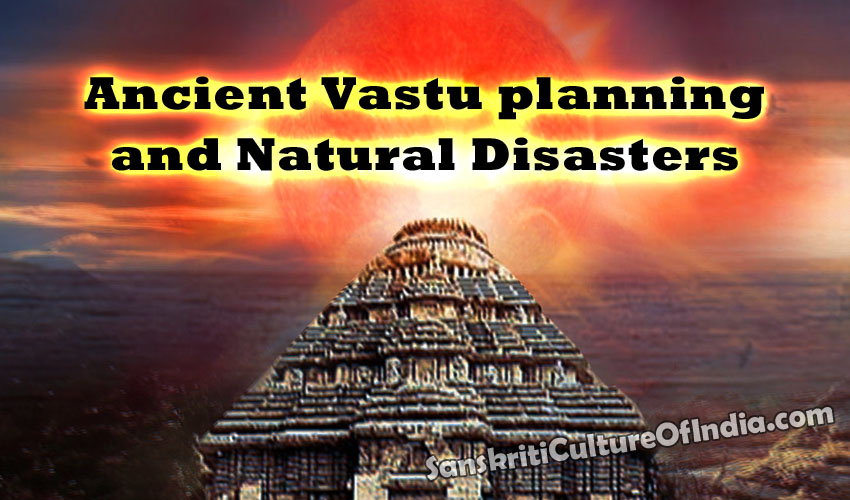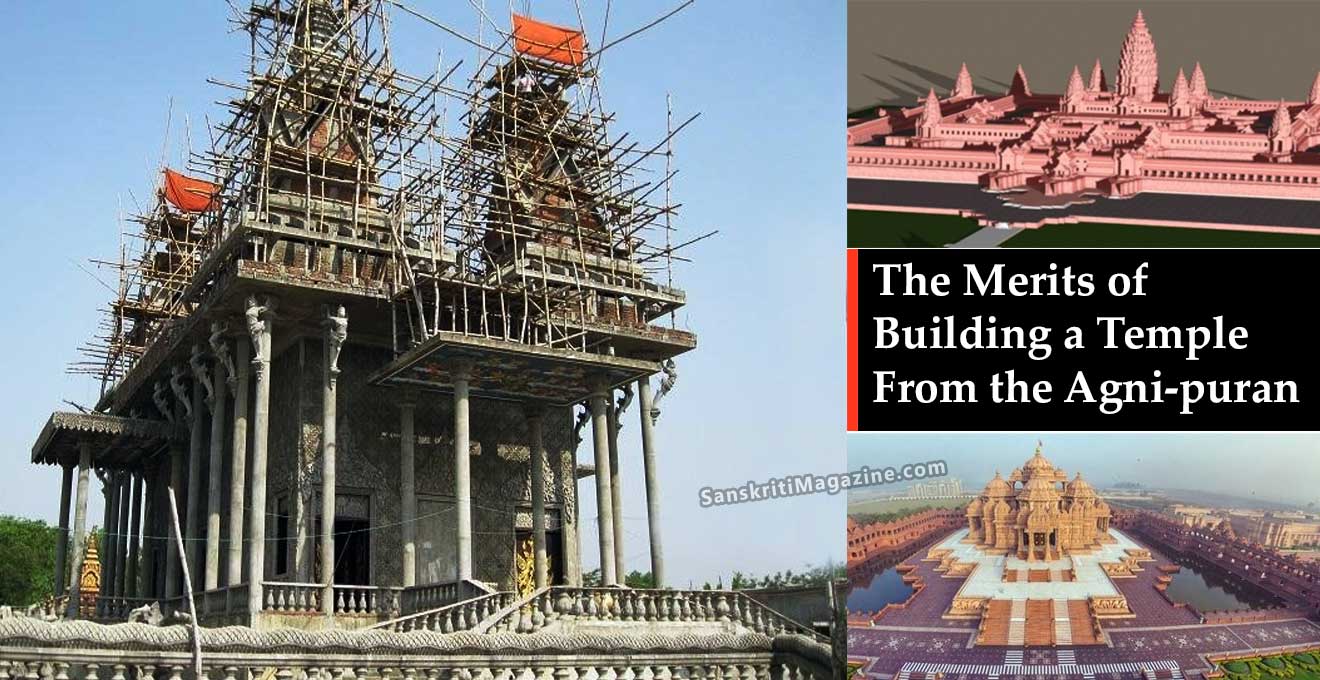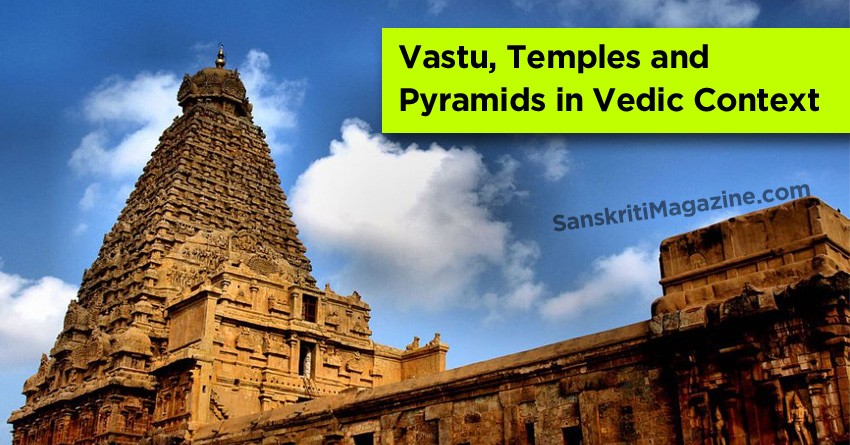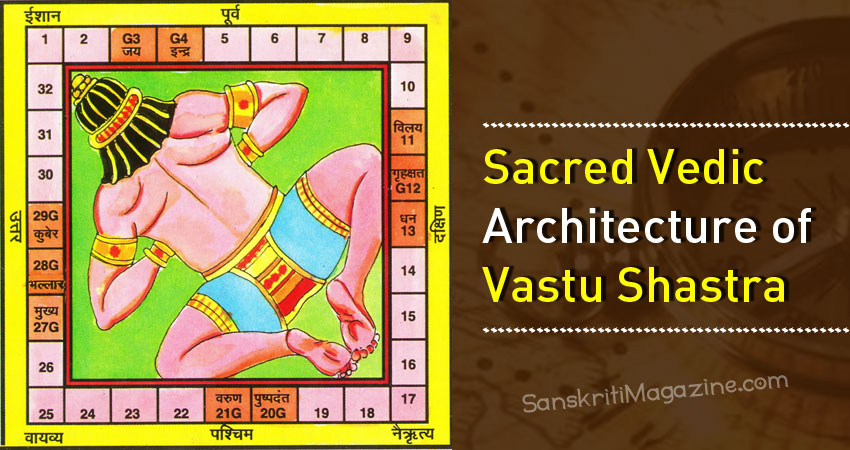The natural calamities (earthquakes, tsunamis and cyclones) in Pakistan, Indonesia, the coastal belts of Sri Lanka and India and earlier in Gujarat and in Orissa have left hundreds of thousands dead and homeless. Many of these people are yet to put their lives and properties together.
Were our ancient masters who laid down the laws of Vastu not aware of the destructive powers of natural calamities? Did they not think of these phenomena when they wrote their texts?
They did think of earthquakes, tsunamis, cyclones and other natural calamities when they gave us information about ways and means of construction. They spoke of soil evaluation before construction began. They believed that a foundation of a building was much more than a combination of bricks, mortar, concrete, steel etc. They felt that laying a foundation was a symbolic homage to Mother Earth by man and every possible care to strengthen it was necessary.
Depth of Foundation
They particularly talked about depth of a foundation (bhumilamba). In fact ancient treatises on Vastu Sastra have customarily advised a foundation that is equal to a man’s stature plus his length of hand. Today’s engineers tell us that six to seven feet of foundation is necessary for a normal height building to be firm and secure. Our masters also highlighted the importance of the base (adhishtana) being as high as the foundation.
They spoke of the importance of pillars and columns in making a building strong. They talked about decreasing heights for each floor of the building. We notice that ancients built multi-storeyed buildings such that the height of each floor slowly reduced as they went up. In fact Brihat Samhita of Varahamihira tells us the each floor should be less than the floor below it by 1/12th its height. They may have deduced that during an earthquake or other natural calamities such a building could sway but not fall.
Earthquakes themselves do not kill people, but badly constructed buildings do. Being aware of this fact our ancients gave importance to every aspect of foundation including the materials used. They spoke of the need to vibe with Nature by using construction materials like bricks (Ishtika), stones (Sila) and wood. The ancient classical texts also spoke of wood as basic material not only for doors, windows, and cabinets but also for structures too. In fact it is commonly known in engineering that wood absorbs shock evenly and a house built out of wood is unlikely to collapse. Wood and steel are said to be ductile and less prone to seismic disturbances.
Importance of spacing out buildings
Our ancients while speaking of buildings have highlighted the Paisacha zone of a mandala. They divide an area into four concentric zones. The inner zone is Brahma, the next is Daiva, the third zone is Manushya and the fourth zone is Paisacha.
They have very clearly specified construction on the Daiva and Manushya zones and totally disapproved of construction on the Paisacha. To apply this to present times, we need to construct the building away from the compound so that it does not touch the neighbour’s wall.
Modern Engineering tells us that adjacent buildings should be separated by sufficient distance to prevent hammering each other in case of seismic disturbances!
Structural and Sital Shapes
Another important uncompromising thumb rule of our masters of wisdom was in respect of the shape of a structure. Our ancient writers have invariably recommended square, rectangular, circular and other regular shapes. Irregular shapes have been prohibited. The square (Chaturasra) is the fundamental, essential and perfect form of Indian Architecture. A square presupposes the circle and in fact results from it. Expanding energy shapes the circle from the center and then establishes itself in the shape of a square. In a square, the primary elements of Nature (Pancha Mahabhootas) are also said to be in perfect balance The Chaturasra, because of its perfect shape is considered sacred and superior in Indian Architecture. We find today’s engineering principles telling us that geometric shapes like squares, rectangles and triangles disperse seismic forces equally in all directions and are therefore safe in the case of natural calamities. Irregular shapes result in uneven distribution of forces thereby making buildings prone to collapse!
The recent earthquakes, tsunamis and cyclones saw most modern buildings collapse. Yet these devastating forces of nature could not disturb many temples built hundreds of years ago based on certain principles of construction as rooted in Vedic tradition. Are these not proof of the great scholarship of our ancient masters of architecture? Are these not proof of the fact that they were aware of many of the known and unknown laws of Nature and their relationship to man and his buildings?
Disturbing Energies
Generally Vastu refers to the energies from the North-west and South-east as disturbing energies It is pertinent to note here that the earlier earthquakes of Gujarat and Seattle took place in the northwest of India and America respectively. The earthquake in Indonesia at the fag end of the year 2004 that devastated crores worth of property and killed more than 1,50,000 people spread across 12 nations. The tidal waves generated by the earthquake travelled northwest to the coastal belt of Tamil Nadu, Orissa, Sri Lanka, Andaman and Nicobar and other places and killed thousands of innocent people.
A careful observation reveals that the tsunami tidal waves moved along the North-west-South-east diagonal to hit India and Sri Lanka. The powerful earthquake this month that rocked parts of Pakistan and India and caused enormous damage to lives and property occurred to the northwest of India.
Summing up, the ancient masters of Indian architecture took into account all aspects of celestial and terrestrial nature – cosmological, philosophical, metaphysical, astronomico- astrological, geographical and geological- to make man live in harmony with Nature and Her laws!
Our architects and engineers have just to take what our Vedic seers have handed over to us on a platter and apply it to the modern buildings and layouts so that the residents live in security, safety and happiness.
~ by Niranjan Bangalore & Raman Suprajarama











